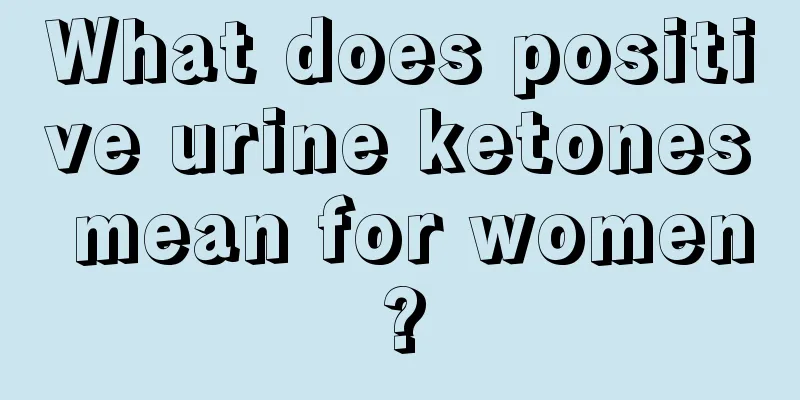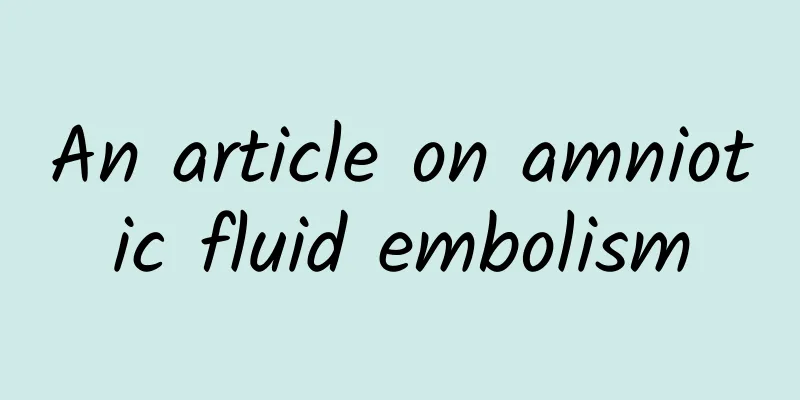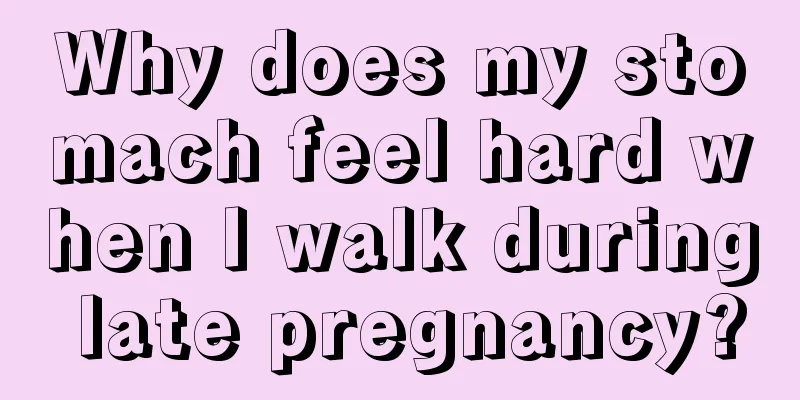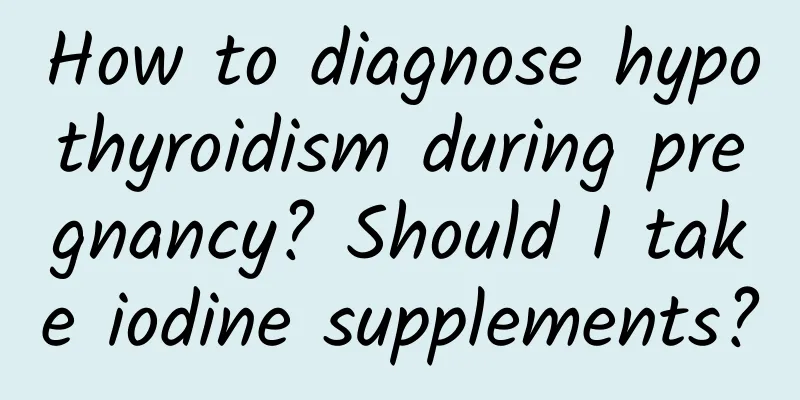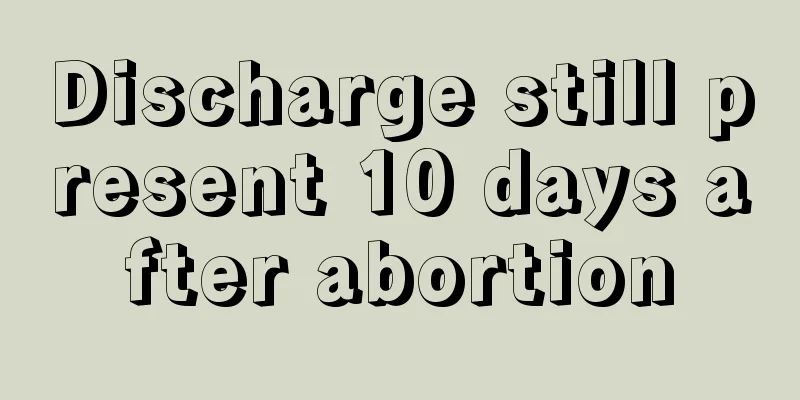Is minimally invasive treatment good for uterine fibroids?

|
When a person is sick, they are always looking for the most effective treatment method to help the body recover faster. Minimally invasive surgery is a relatively advanced disease treatment method in our lives. Because it causes less trauma to the body and is particularly easy to recover, many patients who need surgical treatment will choose minimally invasive surgery. Among them, uterine fibroids is a disease that causes relatively serious physical harm to women. Let's learn about whether minimally invasive surgery is a good way to treat uterine fibroids. Is minimally invasive treatment good for uterine fibroids? Treatment should be considered comprehensively based on the patient's age, fertility requirements, symptoms, and the location, size, and number of the fibroids. 1. Follow-up observation: Asymptomatic fibroids generally do not require treatment, especially in women near menopause. After menopause, fibroids may shrink or gradually disappear. Follow-up was conducted every 3 to 6 months. 2. Drug treatment is suitable for patients with mild symptoms, those who are close to menopause or whose systemic conditions make surgery unsuitable. (1) Gonadotropin-releasing hormone analogue (GnRH-a): Continuous or long-term non-pulse administration of high doses can inhibit the secretion of FSH and LH, reduce estradiol to menopausal levels, thereby relieving symptoms and inhibiting the growth of fibroids and causing them to shrink. But after stopping the medication, it gradually increased back to its original size. Using the medication for more than 6 months may cause side effects such as perimenopausal syndrome and osteoporosis, so long-term use is limited. Generally, long-acting preparations are used and injected subcutaneously once a month. Commonly used drugs include leuprorelin 3.75 mg each time, or goserelin 3.6 mg each time. Indications for use: ① Reduce fibroids to facilitate pregnancy; ② Preoperative treatment to control symptoms and correct anemia; ③ Preoperative use to reduce fibroids, reduce surgical difficulty, or make vaginal surgery possible. ④ For women near menopause, transition to natural menopause in advance to avoid surgery. (2) Other drugs: Mifepristone, 12.5 mg orally per day, can be used as preoperative medication or for early menopause, but it should not be used for a long time to prevent the side effects of antagonizing glucocorticoids. 3. Surgical treatment Indications for surgery: ① The uterus enlarges to a size larger than that of a 2.5-month pregnant uterus, or the diameter of a single fibroid is ≥5cm. ② Excessive menstruation leads to secondary anemia, which is ineffective due to drug treatment. ③ Severe abdominal pain, dyspareunia or chronic abdominal pain, acute abdominal pain caused by torsion of pedunculated myoma. ④ There are symptoms of bladder and rectal compression. ⑤ Those who can be sure that fibroids are the only cause of infertility or recurrent miscarriage. ⑥ The fibroids grow rapidly and are suspected to be malignant. ⑦ The diagnosis is unclear and needs to be differentiated from ovarian tumors. ⑧ Although there is no above-mentioned condition, the patient still insists on removing the fibroid or uterus. Indications for laparoscopic myomectomy: ① At least one surgical indication is present. ② Those who are under 45 years old, or those who are ≥45 years old but have not given birth, or those who have given birth but insist on keeping the uterus. ③ Subserosal uterine fibroids, intramural fibroids or broad ligament fibroids, and the diameter of a single fibroid is ≤10cm. If it is an intramural fibroid, it is best not to exceed 3. For subserosal fibroids, there are no restrictions on the size and number of fibroids. The techniques are: (1) Myomectomy: Suitable for patients who wish to preserve their fertility. It can be removed abdominally or laparoscopically, and submucosal fibroids can be removed vaginally or hysteroscopically. There is a 50% chance of recurrence after surgery, and about 1/3 of patients require another surgery. (2) Hysterectomy: Hysterectomy can be performed if the patient does not require fertility preservation or if malignant transformation is suspected. A cervical smear cytology examination should be performed before surgery to rule out cervical malignancy. Indications and contraindications for hysteroscopic myomectomy: Indications: ① Excessive menstrual bleeding or abnormal bleeding. ② Generally, the uterus is smaller than the size at 10 weeks of pregnancy, and the depth of the uterine cavity is less than 12 cm. ③ The size of the submucosal or intramural fibroids is limited to less than 5 cm. ④ The size of the submucosal myoma pedicle is limited to 5 cm. ⑤ No uterine cancer. ⑥ Submucosal fibroids that prolapse into the vagina, regardless of size or pedicle thickness. Contraindications: ① Cervical scar that cannot fully dilate. ② The uterus is too curved and the hysteroscope cannot enter the fundus of the uterus. ③ Acute phase of reproductive tract infection. ④ Acute stage of heart, liver and kidney function decline. ⑤ Those who do not have good psychological tolerance for this operation which aims to relieve symptoms rather than be a radical cure. A healthy body is very important for everyone. The above is an introduction to whether minimally invasive treatment of uterine fibroids is good. After understanding it, we know that although minimally invasive treatment has many advantages, when treating the disease, we must also consider the condition and our own physical condition. We cannot blindly choose the treatment method. In addition, we must also pay attention to nutritional balance in our diet. |
<<: How to check for uterine and fallopian tube adhesions
>>: Do uterine fibroids grow faster in a sick body?
Recommend
Where are the massage points for breast enhancement?
Many women with flat chests feel very inferior, s...
What to do if you have uterine fibroid pain
Uterine fibroids are usually accompanied by pain,...
Breast cancer self-examination
Breast cancer is a malignant tumor, but there are...
How to choose vinegar? Is vinegar really nutritious?
I have talked with friends before about how to ch...
How to treat Candida albicans vulvitis
Candida albicans vulvitis is a sexually transmitt...
Will I vomit when I'm pregnant?
Morning sickness is one of the most common sympto...
How to save your fragile stomach after a big meal? 11 probiotics reviews
After eating and drinking a lot throughout the Sp...
Why do I advise you to lose weight in winter? Because the effect is so good
As soon as winter comes, men, women, old and youn...
Drinking soy milk and coffee can cause breast cancer? This is a common health rumor. Share it with your mother!
Today is Mother's Day. While thanking mothers...
There is a pimple on the female vulva
The female genitals are the most private and sens...
What are the check-up items for 12 weeks of pregnancy?
After becoming pregnant, women must pay attention...
What does it mean to have a side job? What does it mean to have a side job?
What is the meaning of "a side job is just n...
[Medical Q&A] How should venous stroke be treated and what is the outcome?
Author: Gu Yaqin Xuanwu Hospital, Capital Medical...
What is the best way to wash the vulva? Precautions for washing the vulva
In case it is the female's external genitalia...
Ghost Voices on Telegraph Pole
Leviathan Press: If someone wants to write a &quo...
